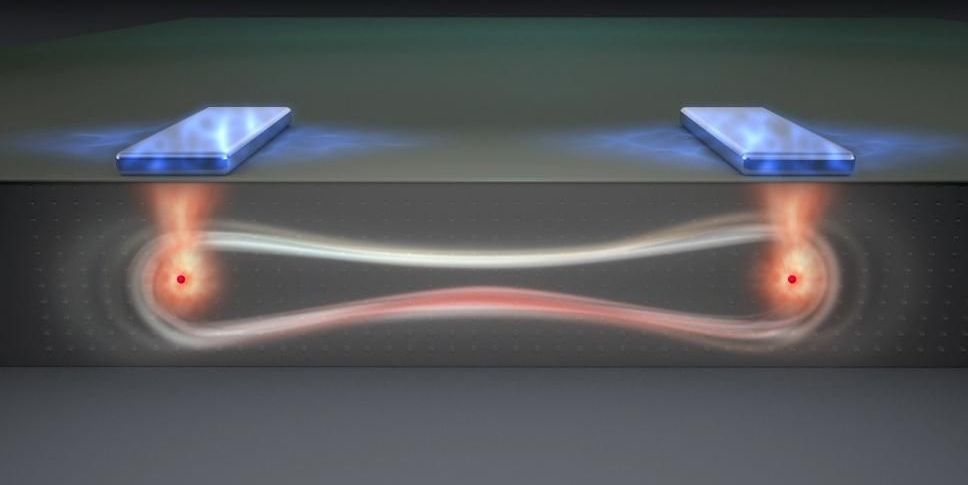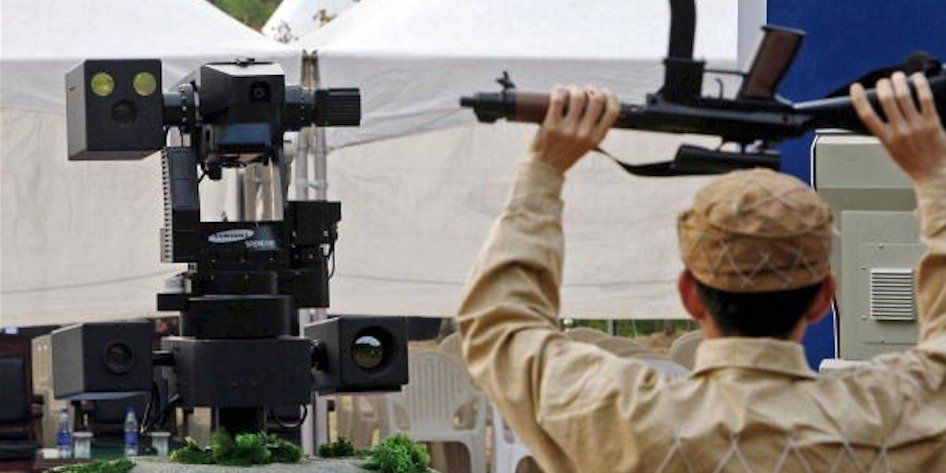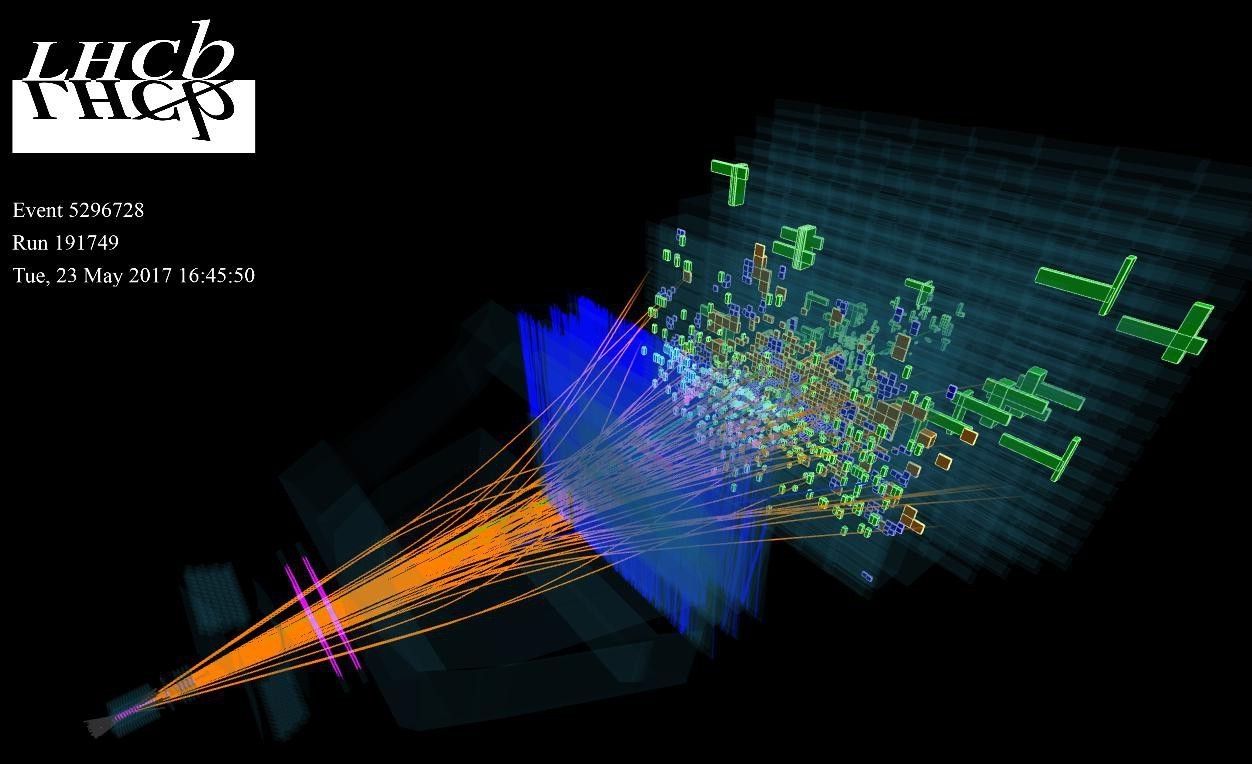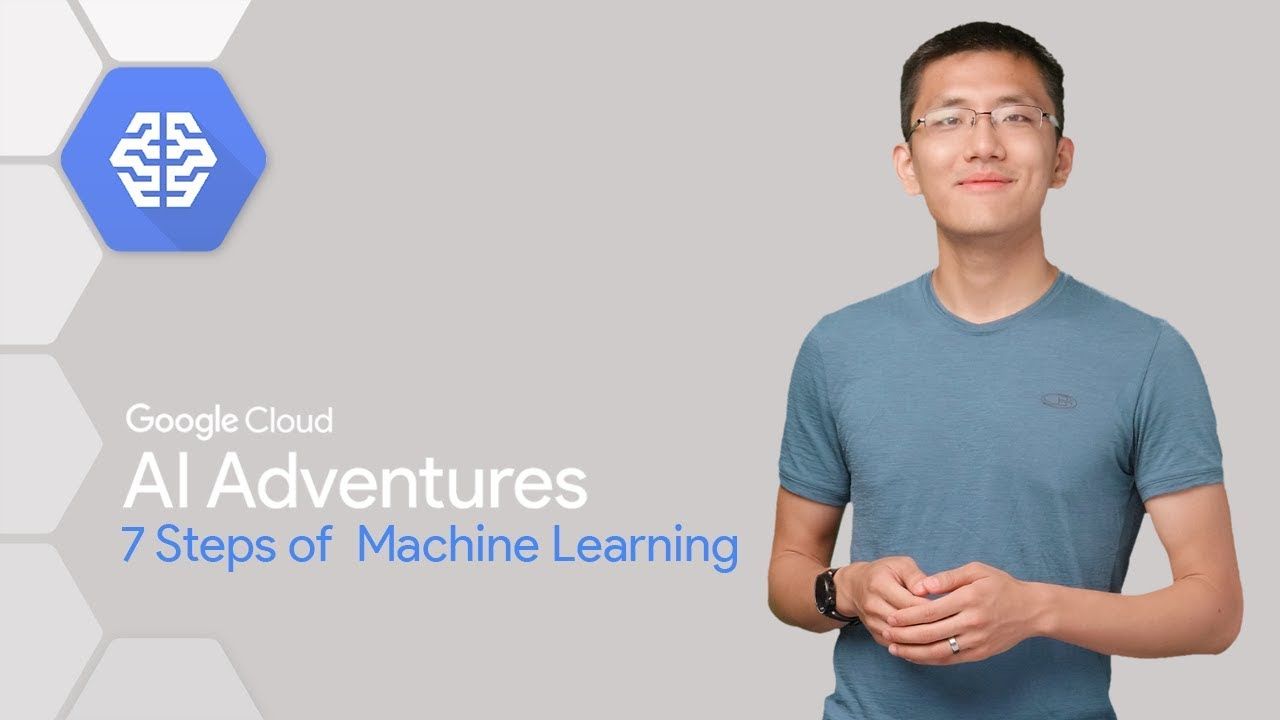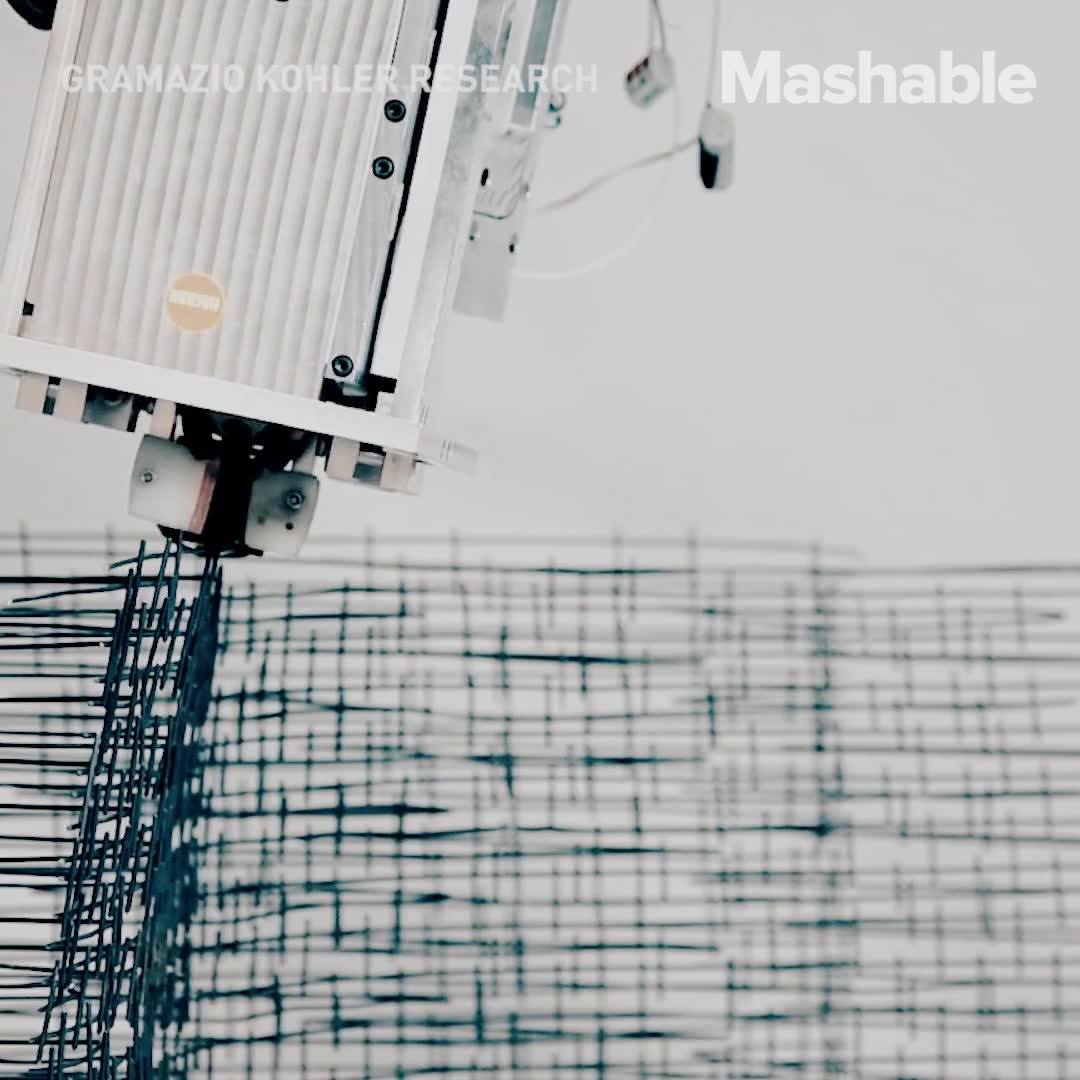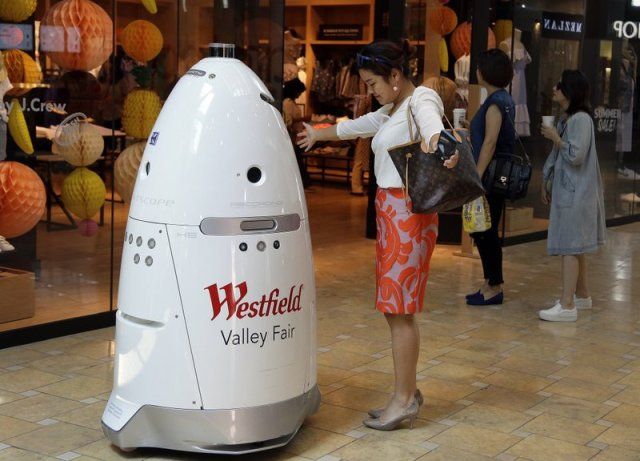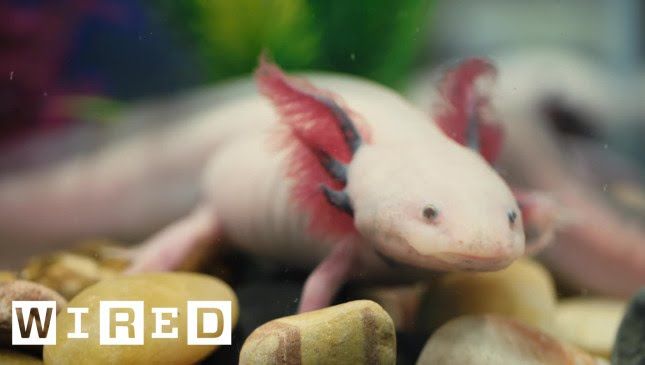Sep 6, 2017
Australia researchers say find new way to build quantum computers
Posted by Dan Kummer in categories: computing, particle physics, quantum physics
SINGAPORE (Reuters) — Researchers in Australia have found a new way to build quantum computers which they say would make them dramatically easier and cheaper to produce at scale.
Quantum computers promise to harness the strange ability of subatomic particles to exist in more than one state at a time to solve problems that are too complex or time-consuming for existing computers.
Google, IBM and other technology companies are all developing quantum computers, using a range of approaches.
Continue reading “Australia researchers say find new way to build quantum computers” »
